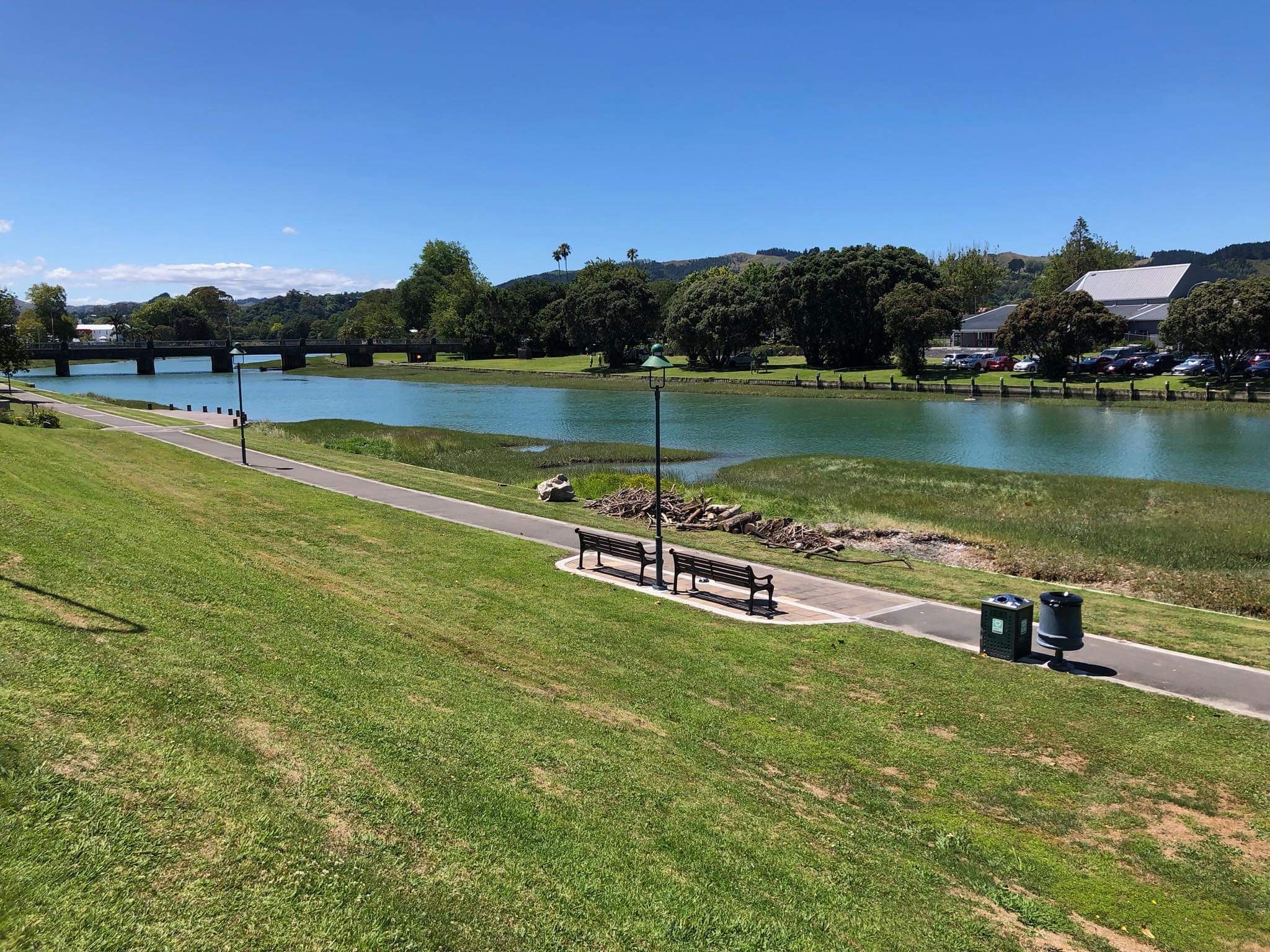Thursday January 11, 2024
This Friday spraying will start on the Spartina grass along the edges of the Taruheru River.
It’s the first stage of a Council project, in collaboration with mana whenua, to get rid of the invasive Spartina weed from the inner-city waterway.
Sustainable Futures Director Joanna Noble says members of Council’s BioSecurity team will spray the grass at low tide, along the Taruheru River between the Marina Park boat ramp and the Peel Street bridge.
“The spraying will take around three hours.
“People are advised to avoid the area during the spray times which are between 10am and 3pm.
“It’s also weather-dependent and requires a dry day with minimal wind.
“We hope to complete this first stage of the spray on Friday; however Saturday and Sunday are alternative days if the weather doesn’t end up suiting on Friday.”
Ms Noble says testing and analysis of the water were done earlier this week and will be done again after the spray to monitor changes to the river’s ecology.
The herbicide Haloxyfop-methyl is being used, in compliance with the Environmental Protection Authority’s permission for the use of substances to control aquatic pest plants.
Spartina alterniflora and Spartina anglica are the two species of spartina introduced and planted in the Taruheru River in the early 1900s. It was planted to stabilise and bind stopbanks.
However, more than 100 years later it has taken over the waterway and left no space for native plants and wildlife.
“Spartina’s ability to form in dense clumps and trap sediment causes the ground level to rise affecting the waterflow, native inhabitants of ecological zones and increases the risk of flooding.”
Ms Noble says historically the Taruheru River was a thriving ecosystem, where there were natural mudflat areas bounded by salt marsh and riparian vegetation.
“Eradication of spartina will enable native fauna and flora to re-occupy tidal areas lost to this invasive grass.
“This work is likely to deliver flooding benefits and significant environmental, social, and cultural benefits.
“With the spartina gone, tidal flushing will increase which will improve conditions for native species such as mud-crabs, fish, shellfish, and wading and native birds.
“The project also includes replanting native plants along the Taruheru to improve the biodiversity of this area.”
For more information, follow the Facebook page Haumanu Tū Ora or visit Council’s website

